
Tuong Phieu Communal House – a special destination in the tourism product “Tuong Phieu Flowers”, Phuc Tho Commune, Hanoi. Photo: VGP/Minh Anh.
Wide open potential from the "gold mine" of craft villages - ecology - heritage
The suburban area of Hanoi has long been considered a cultural depository with hundreds of craft villages and a system of famous landscapes covering the entire area. Deputy Director of the Hanoi Department of Tourism Tran Trung Hieu commented that this is an important foundation for the capital to build unique products, aiming for sustainability and rich identity. According to him, the craft villages in the southern part of Hanoi all have high aesthetic value, each place is associated with a cultural story for businesses to design attractive tourism products.
The Western region has a convenient connection system via Thang Long Avenue and National Highway 32. Tay Phuong Pagoda, Thay Pagoda, Chang Son Carpentry Village, Water Puppet Village, Fan Village and Tuan Chau Tourist Area form a dense cluster of destinations. Ba Vi holds an important position with its mountainous landscape, suitable for eco-tourism and resorts.
The North and East have unique cultural imprints with Sai Temple, Dao Thuc, Co Loa Citadel, Bat Trang pottery village, Kim Lan pottery, and the temple of Queen Mother Y Lan. All of these create a unique network of destinations, easily connected by day tour or long-term tour.
Tich Loc Commune, a famous place for growing flowers and ornamental plants, has been recognized as a Hanoi Craft Village. Phung Quang Thang, Standing Vice President of the Vietnam Tourism Association, assessed that Tich Loc could become an attractive destination when it is connected with Hat Mon Temple, Duong Lam Ancient Village, Son Tay Ancient Citadel, Thay Pagoda, Tay Phuong Pagoda and Ba Vi. He emphasized that businesses can build inter-regional cultural - ecological - experiential tours, serving both international and domestic visitors.
Many eco-tourism destinations such as Thien Son – Suoi Nga, Khoang Xanh – Suoi Tien or Ao Vua are expanding adventure sports , kayaking, camping and health care services, creating a line of resort products rich in experiences.
Deputy Director of Hanoi Department of Tourism Nguyen Tran Quang said that suburban tourism has not fully exploited its potential because the locality has not identified the right target audience and has no clear product strategy. Some relics still operate seasonally, many craft villages focus on production, not attracting visitors to experience.
From a business perspective, Chairman of the Hanoi Tourism Association Nguyen Manh Than emphasized that the limited transport infrastructure and the lack of synchronous support services make it difficult for tourists to travel. Therefore, travel businesses find it difficult to design stable tours.
According to Permanent Vice President of the Vietnam Tourism Association Cao Thi Ngoc Lan, Hanoi needs a regional linkage mechanism to create a diverse tour chain, combining digital media, promotional videos and virtual tours for stronger dissemination.
General Director of Travelology Vietnam Vu Van Tuyen believes that Hanoi can become the Capital of Creative Rural Tourism if it invests properly. He believes that craft village tourism and agricultural tourism will be two strategic product lines, opening up opportunities for strong connections between businesses and suburban communes.

Tourists explore the incense stick craft village of Quang Phu Cau, Ung Thien commune, Hanoi. Photo: VGP/Minh Anh.
Breakthroughs from new products, new partnerships and new approaches
Director of the Hanoi Department of Tourism Dang Huong Giang said that the capital's tourism industry has identified suburban tourism as a key focus of the capital from now until 2030. She said that the Department has coordinated with districts to build two new tourist routes called "Discovering the South Thang Long Heritage Road", including the Hanoi Center - Thanh Tri - Thuong Tin - Phu Xuyen route and the Hanoi Center - Thanh Oai - Ung Hoa - My Duc route. These two routes open up a journey connecting heritage, craft villages, ecology and new rural areas to serve both international and domestic visitors.
Ms. Dang Huong Giang emphasized that every tourism product Hanoi brings to the market has the same spirit: promoting traditional values, connecting heritage and contemporary life, and inspiring creativity in the community. New routes help divert visitors from the inner city, opening up opportunities for communes to increase services and preserve village culture.
The product “Tuong Phieu Flower Colors” launched in October is a clear demonstration of this direction. On an area of over 100 hectares in Phuc Tho commune, fields of ancient roses and chrysanthemums blend with Tuong Phieu communal house, a relic of the Le dynasty, creating a unique cultural space. Chairman of the People's Committee of Phuc Tho commune Kieu Trong Sy said that the event of launching the tourism product has opened up a way to consume products for gardeners and created an opportunity for the commune to form a trade center for flowers and ornamental plants in Tich Giang in the near future.
The route “South Thang Long Heritage Road – Quintessence of Vietnamese Craft Villages” connects Ha Thai lacquer village, Cuu suit sewing village, Cuc Chi wine village, Phuc Am village and many other heritage sites, reflecting the depth of labor culture and folk art. The product “The Road of Dao Hoc” in O Dien commune takes visitors to the temple of Thai Uy To Hien Thanh, honoring the tradition of studiousness and humane philosophy of Thang Long land.
Deputy Director of the Department of Tourism Tran Trung Hieu assessed that the new product cluster is a combination of heritage depth and modern experiences, bringing a new look to the capital's tourism map. He emphasized that the message "Safety - Friendly - Quality - Attractive" will be spread through green, smart and creative products.
From the perspective of community development, Mr. Vu Van Tuyen believes that sustainable rural tourism must put the community at the center. People directly participate in the production of products and services, playing the main role in welcoming and telling the story of their own village. He believes that each craft village and each rural garden can become a unique tourism product if properly planned and supported.
The latest figures from the Hanoi Department of Tourism show that the capital welcomed more than 28.22 million tourists in the first 10 months of 2025, an increase of nearly 22% over the same period last year. These figures reflect the strong growth of the capital's tourism, especially from agricultural products and suburban experiences.

The survey team organized by the Hanoi Department of Tourism in Cuu village, Phu Xuyen commune, Hanoi. Photo: VGP/Minh Anh.
Vice President of the Hanoi Tourism Association Nguyen Tien Dat said that if Hanoi's suburban tourism is to take off, it is necessary to simultaneously improve transport infrastructure, invest in new products and enhance human resource capacity. "The three biggest bottlenecks are limited tourism skills of the people, lack of depth in products and insufficiently open investment mechanisms," he analyzed and proposed that Hanoi accelerate the digitalization of destinations, improve the quality of communication with multilingual videos, online tourism maps and virtual tour systems to increase accessibility for international tourists.
Director of the Department of Tourism Dang Huong Giang emphasized that suburban tourism must be associated with the goal of developing a green economy and enhancing the capital's brand. The launch of new products such as "Sac Hoa Tuong Phieu", "Nam Thang Long Heritage Road - Quintessence of Vietnamese Craft Villages" and "Dao Hoc Road" opens a launching pad for the next acceleration phase.
Hanoi hopes that by 2030, suburban communes will become green, civilized, and worth-visiting living spaces, where each craft village is a cultural story, each farm is a tourism economic model, and each relic is a destination rich in human values. At that time, suburban tourism will not only create a sustainable source of income but also preserve the cultural foundation of Thang Long - Hanoi in the new development journey.
Source: Government Electronic Newspaper
Source: http://sodulich.hanoi.gov.vn/ha-noi-day-manh-khai-thac-tiem-nang-du-lich-ngoai-thanh.html






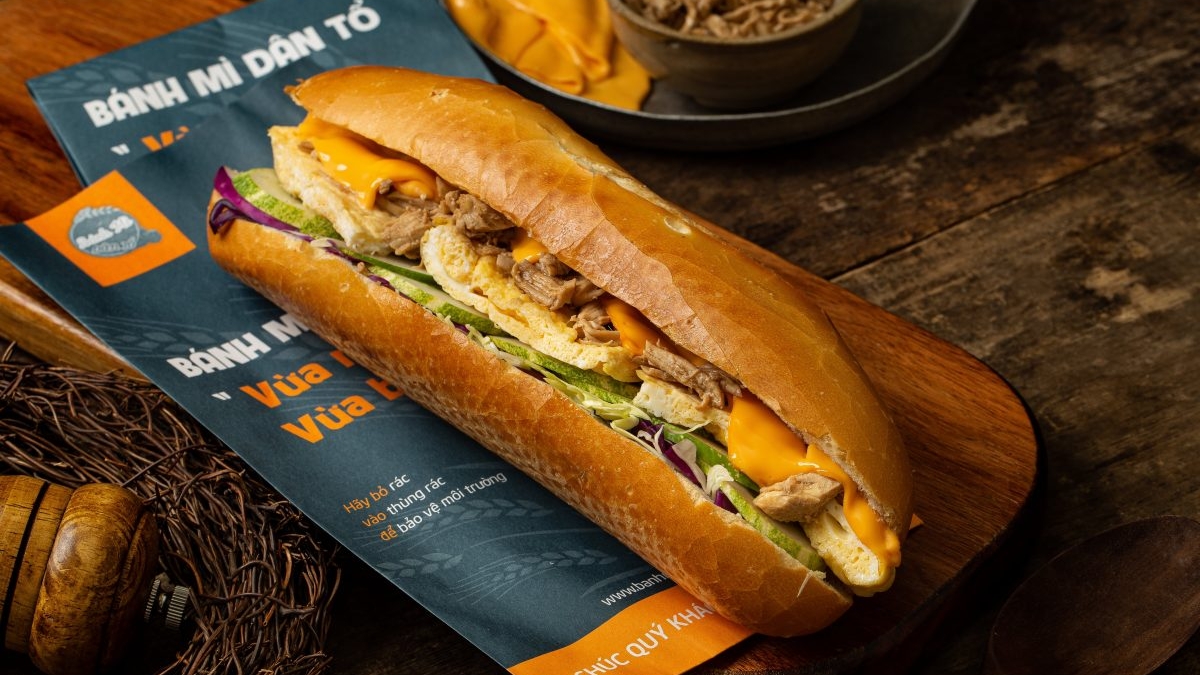

















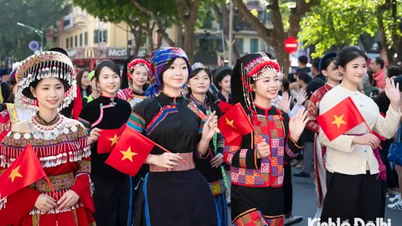

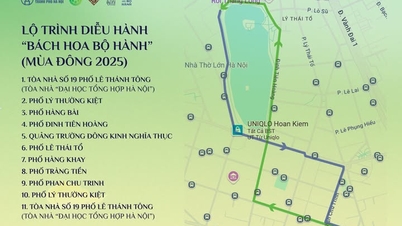

![[Photo] General Secretary To Lam and National Assembly Chairman Tran Thanh Man attend the 80th Anniversary of the Traditional Day of the Vietnamese Inspection Sector](https://vphoto.vietnam.vn/thumb/1200x675/vietnam/resource/IMAGE/2025/11/17/1763356362984_a2-bnd-7940-3561-jpg.webp)



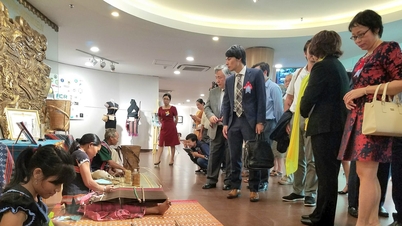






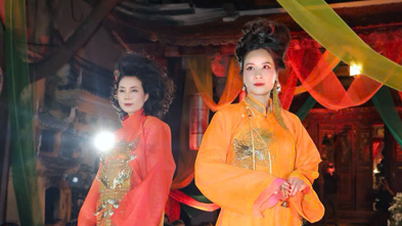



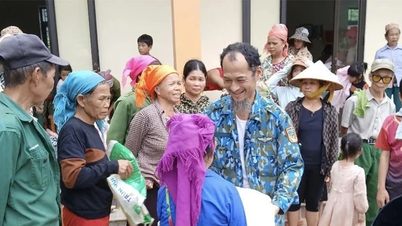



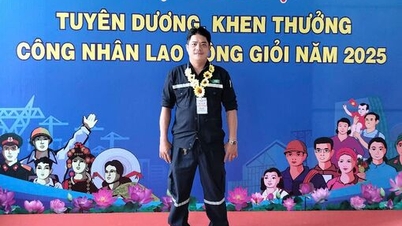








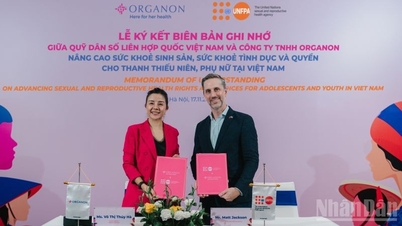













































Comment (0)